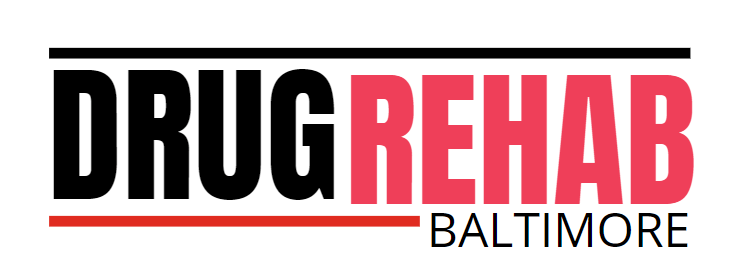What those addictive substances, such as alcohol and nicotine, do to our bodies.
1. Heroin
Heroin is a highly addictive substances opioid drug that causes both emotional and physical dependence. This is because the drug immediately reaches the brain after being injected, easily breaching. The blood-brain barrier that separates the circulatory and central nervous systems. It induces an increase in dopamine output in the brain. Experiments on laboratory animals revealed a 200 percent rise in the amount of this pleasurable hormone.

2. Cocaine
Cocaine is an alkaloid present in the Erythroxylum family of plants. It works as an insecticide in nature, protecting shrub leaves from being eaten by insects. Cocaine has a strong calming effect on the central nervous system, resulting in a euphoric feeling.
Normally, the brain’s reward system follows a set of laws. A neurotransmitter, in this case dopamine, moves to a synapse, a gap between neurons. Specialized receptors send a signal in response to the neurotransmitter’s appearance, then detach it from the synapse to stop it from acting.
3. Nicotine
Nicotine, like cocaine, is an alkaloid that has the innate ability to repel insects. Tobacco’s most addictive substances is nicotine. Nicotine is quickly consumed and transferred to the brain by the lungs. It causes the release of adrenaline by increasing the activity of nicotinic acetylcholine receptors. This momentarily activates the body’s various systems, making the individual feel happier and more involved.
Nicotine is harmful, and long-term use can lead to cancer, ischemia, and angina pectoris, among other things. According to the WHO, up to 50% of smokers die from addiction-related causes.
4. Barbiturates
Barbituric acid-based sedatives and hypnotics have a depressant effect on the central nervous system. Medication can be slightly soothing or trigger coma, depending on the dose.
Barbiturates stimulate the inhibitory neurotransmitter gamma-aminobutyric acid receptors, slowing the delivery of impulses to the central nervous system. This results in muscle relaxation, relaxing, and anxiety reduction.
Organized crime and deadly drugs. From barbiturates to benzodiazepines, major pharma has tainted healthcare.
5. Alcohol
In most countries, alcoholic beverages are completely legal.
Named
Development of a reasonable scale to measure the harm of drugs with the potential to be misusedthe world’s most dangerous drug They also easily lead to addiction.

Increases
Oral alcohol self-administration increases dopamine release in the rat nucleus accumbens by 40-360 percent, depending on genetic and motivational factors.
The primary inhibitory mediator of the nervous system, gamma-aminobutyric acid (GABA), is enhanced by alcohol. As a result, intoxicated people’s gestures and voice slow down, and their alcohol dosage relaxes. The brain becomes addicted to alcohol as GABA adapts to changes by decreasing the activation of the corresponding receptors.
The key to success is a positive attitude. The remainder can be left behind. For further information, please contact us.


Recent Comments